Inside Sarah Burton’s debut show for Givenchy: ‘To go forward, you have to go back to the beginning’
This morning in Paris, the former Alexander McQueen designer unveiled her anticipated debut as creative director of Givenchy – a musing on contemporary womanhood sparked by the discovery of lost Hubert de Givenchy pattern pieces
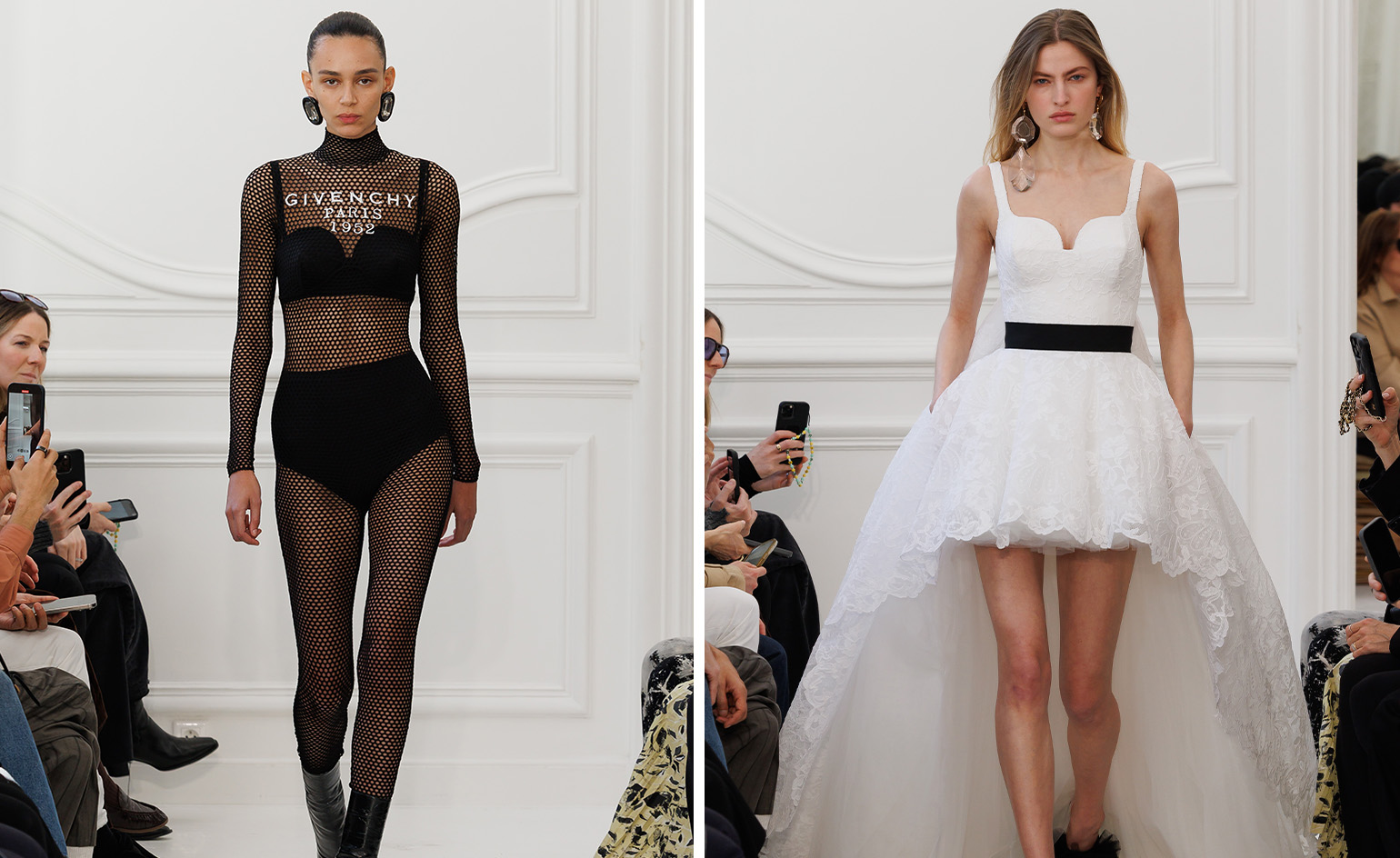
On a sunlit Friday morning in Paris, Sarah Burton revealed her vision for Givenchy in a debut collection which explored notions of contemporary glamour and personal style – a nod to house founder Hubert de Givenchy, whose garments found elegance in restraint, a way to highlight the wearer’s character. ‘He is far more than a couturier,’ said his perennial muse Audrey Hepburn, a client and friend of over four decades, who immortalised the Givenchy little black dress. ‘He is a creator of personality.’
Staging the show in the historic Givenchy salon on Avenue Georges V, the pared-back set – seats were made from piles of envelopes, like those used to store garment pattern pieces – provided something of a blank canvas for Burton’s debut, an intimate showcase with just a handful of guests in attendance. It was perhaps the most anticipated moment of fashion month so far: the award-winning British designer, who was born in Macclesfield, Cheshire, was appointed by the Parisian house to replace Matthew M Williams in 2024 having left Alexander McQueen after close to three decades at the British house.
Inside Sarah Burton’s Givenchy debut
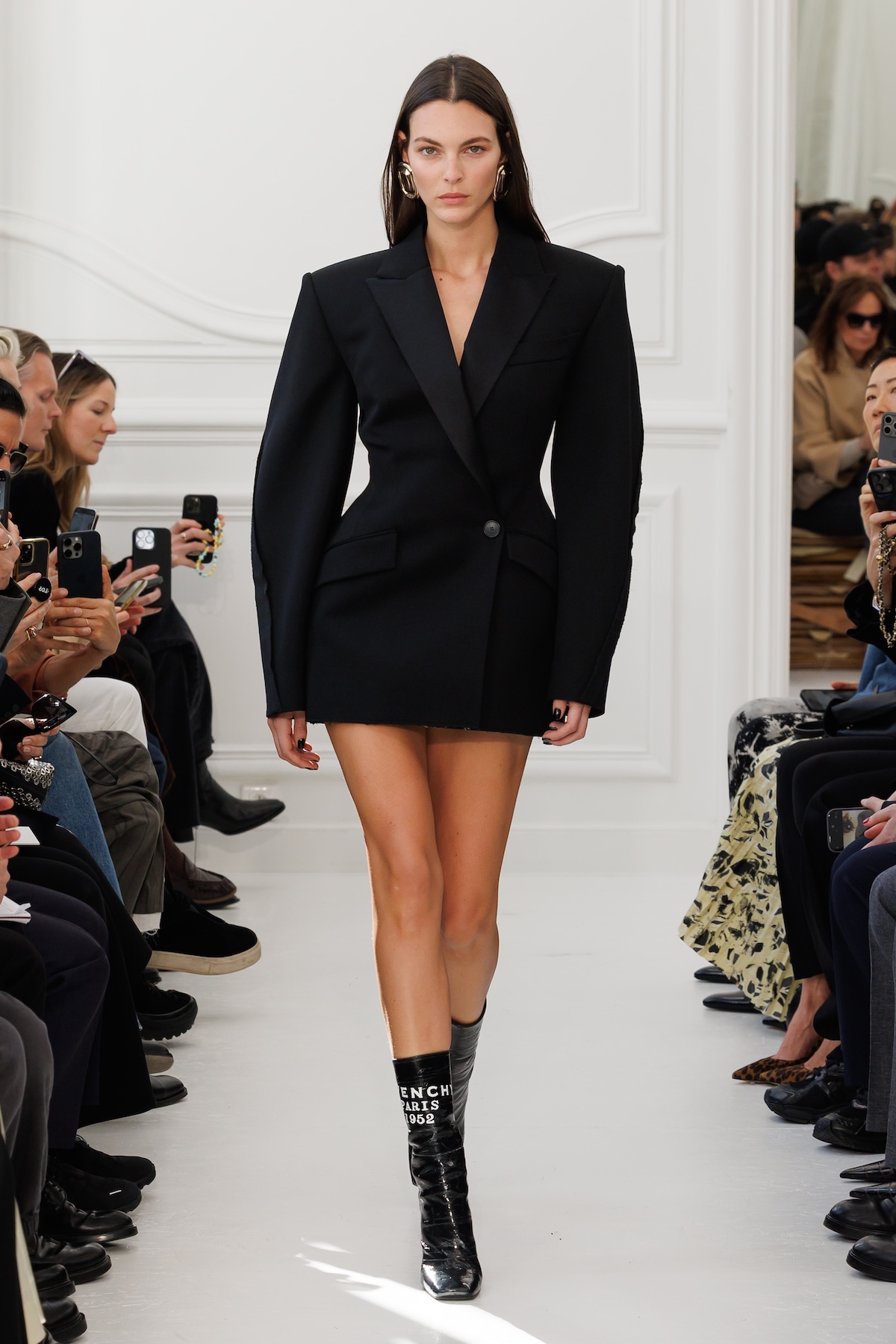
This, though, was a fresh start. It began, Burton said, the discovery of a rare cache of Hubert de Givenchy pattern pieces – like those which made up the show’s set – which had been long hidden at 8 Avenue de Vigny, the former Givenchy maison, after a recent renovation. ‘It’s my natural instinct to go back to pattern-cutting, to craftsmanship’ she explained, having built a reputation at Alexander McQueen for precise, sculpted tailoring which reflected the contours of the body (at Givenchy, each garment took at least three fittings to perfect). ‘To cut, shape and proportion. It’s what I feel, how I work, and want to do.’
Here, tailored jackets – drawing inspiration from the tuxedo – were broad at the shoulder with a narrow, carved waistline, while inside-out seams and raw edges suggested the act of construction. A similar approach ran through the collection’s outerwear, while a series of bodysuits, pleated at the neckline, showed a similar fascination with form. Sculpted bustiers, a signature of her tenure at Alexander McQueen, featured throughout, on pretty flared mini dresses or a strapless jumpsuit in tailoring wool.
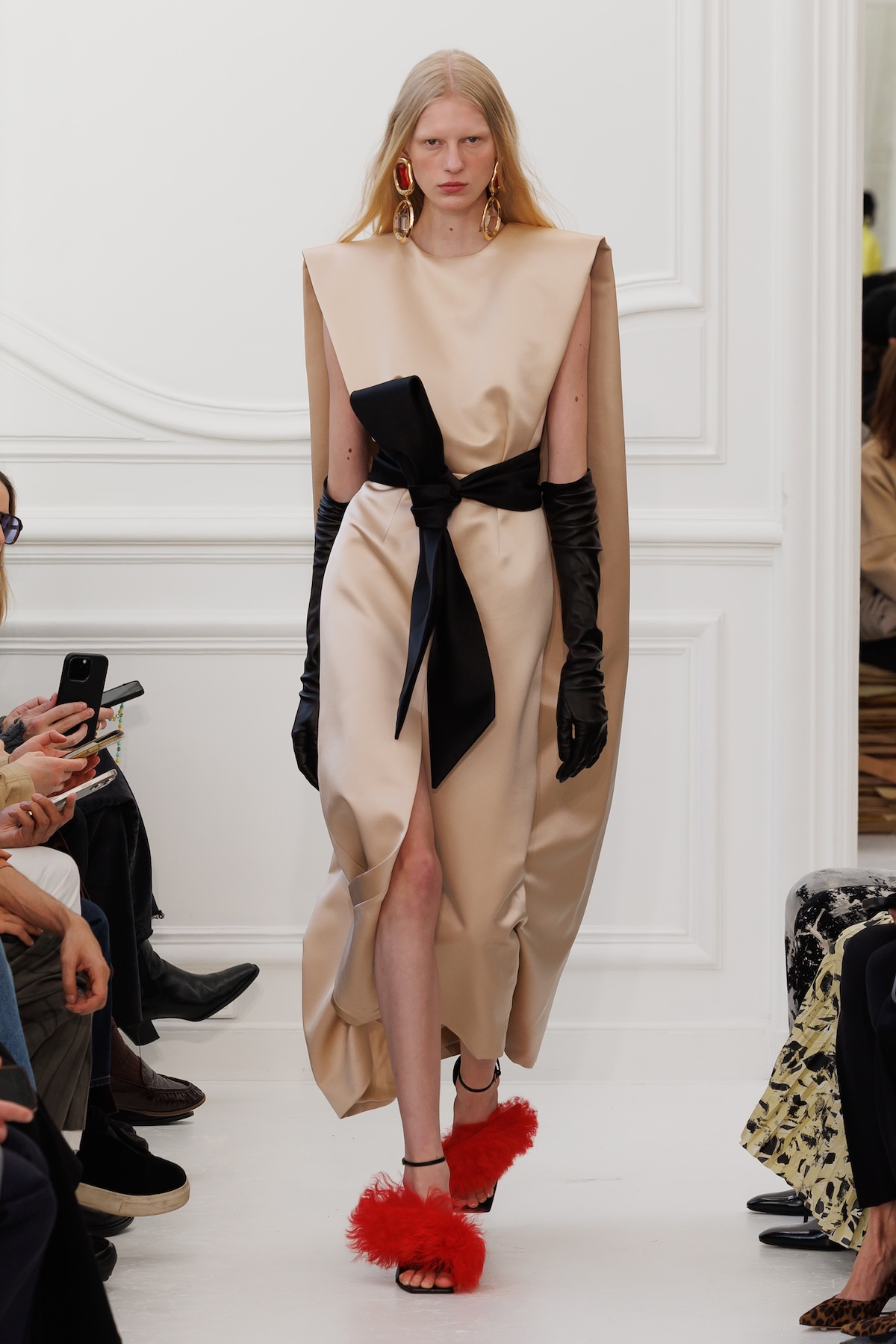
Other silhouettes captured a feeling of flou: a bouncing gown came in in layers of lemon-yellow tulle, trapeze-shaped dresses opened to a square-shaped back, while asymmetric hemlines (shorter at the front, longer at the back) referenced a number of archival Givenchy designs. Suggestions of glamour came in garments constructed from a tangle of pearl and gem jewellery, or a collage of make-up and powder cases. Accessories, meanwhile, came stamped with ‘Givenchy Paris, 1952’. ‘To go forward, you have to go back to the beginning,’ Burton said. ‘To me, that’s about the atelier. It’s the heart and soul of Givenchy.’
But this was also a collection about contemporary femininity which, despite its relatively brief run time, saw Burton seek to establish a comprehensive, occasion-spanning wardrobe for the woman of today. ‘I want to address everything about modern women,’ she continued of the collection, which had both a striking clarity and more evocative undercurrent of romance. ‘[It’s about] Strength, vulnerability, emotional intelligence, feeling powerful or very sexy. All of it.’

Burton’s arrival at Givenchy comes after a formative tenure at Alexander McQueen, where she took over from the visionary British designer in the wake of his death in 2010, by which time Burton had already spent 15 years at the brand. She first stepped through its doors in 1996, taking up a placement during her studies at Central Saint Martins, and was appointed head of womenswear in 2000. Honouring Lee McQueen’s legacy, her vision for the house merged romance, folklore and forgotten modes of British craft – often plucked from the northern cities and villages surrounding her hometown of Macclesfield.
Receive our daily digest of inspiration, escapism and design stories from around the world direct to your inbox.
The news came that she would be leaving Alexander McQueen in September 2024, causing an outpouring of praise for Burton’s tenure and a lament for the lack of female designers in the big seat at luxury houses. She takes up the helm of Givenchy from Matthew M Williams, making her the brand’s fourth designer in the space of a decade – though a sensitive and steady track record makes Burton a shrewd choice on behalf of the house.
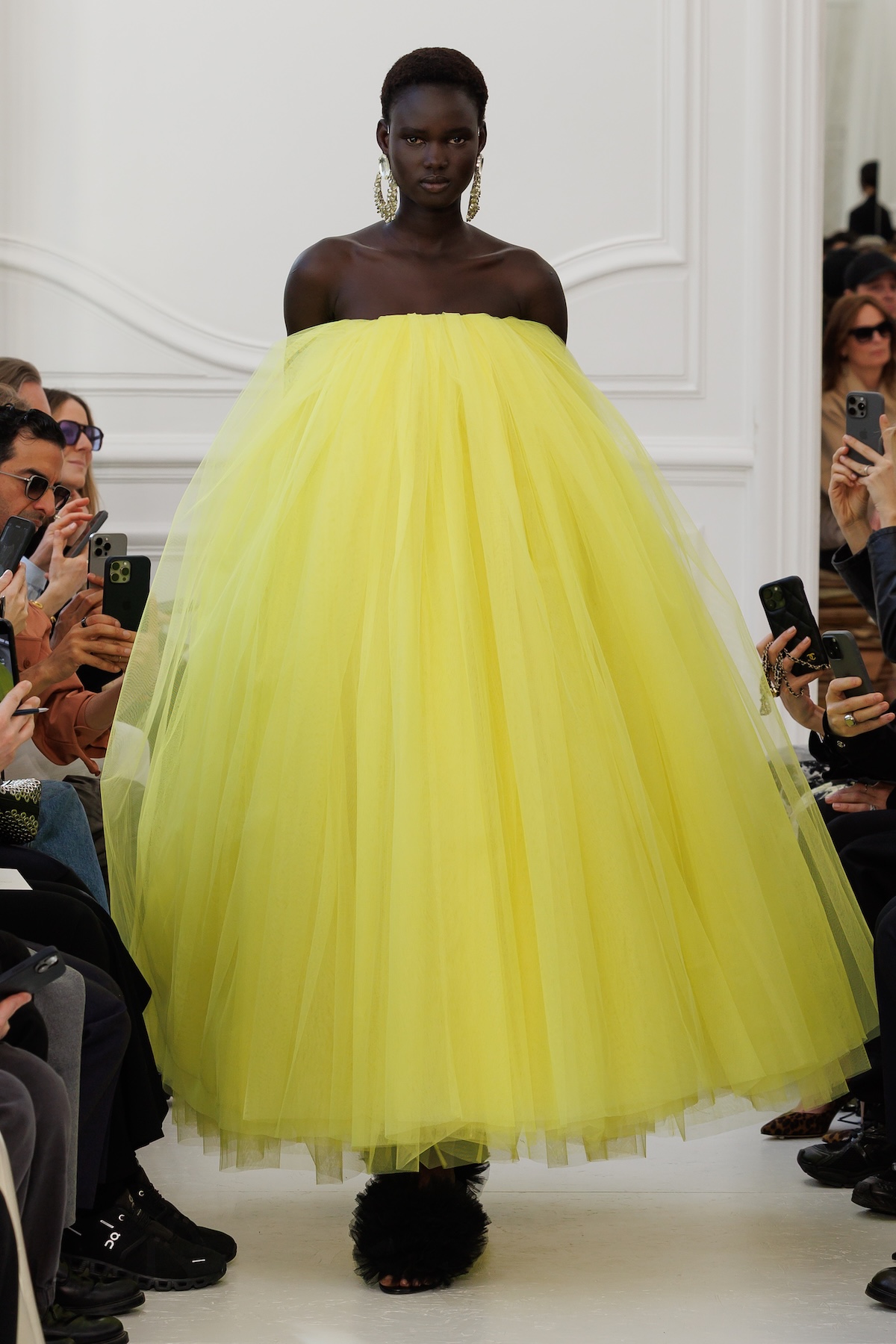
Fittingly, there’s still a connection to her mentor in the move. Burton was a young designer at McQueen during his lavish, controversial stint as Givenchy’s creative director between the years of 1996 and 2001, where he shook up the historic house with displays of twisted beauty and headline-grabbing spectacle. As evidenced this morning in Paris, though, Burton’s vision for Givenchy will be distinctly her own. ‘For me, there’s always a juxtaposition to what I do: you have the dress and the tailoring, and I love that this house has both of those things in its DNA,’ Burton said following her appointment. ‘It felt like it was a great place to be.’
Her arrival marks a changing of the tides in Paris – where houses had previously gambled on the ingenuity of young designers, they now seem to be seeking experienced hands. Recent appointments of Alessandro Michele at Valentino, Peter Copping at Lanvin, and Haider Ackermann at Tom Ford all point to a grasp for stability amid a market in flux.
Jack Moss is the Fashion Features Editor at Wallpaper*, joining the team in 2022. Having previously been the digital features editor at AnOther and digital editor at 10 and 10 Men magazines, he has also contributed to titles including i-D, Dazed, 10 Magazine, Mr Porter’s The Journal and more, while also featuring in Dazed: 32 Years Confused: The Covers, published by Rizzoli. He is particularly interested in the moments when fashion intersects with other creative disciplines – notably art and design – as well as championing a new generation of international talent and reporting from international fashion weeks. Across his career, he has interviewed the fashion industry’s leading figures, including Rick Owens, Pieter Mulier, Jonathan Anderson, Grace Wales Bonner, Christian Lacroix, Kate Moss and Manolo Blahnik.
-
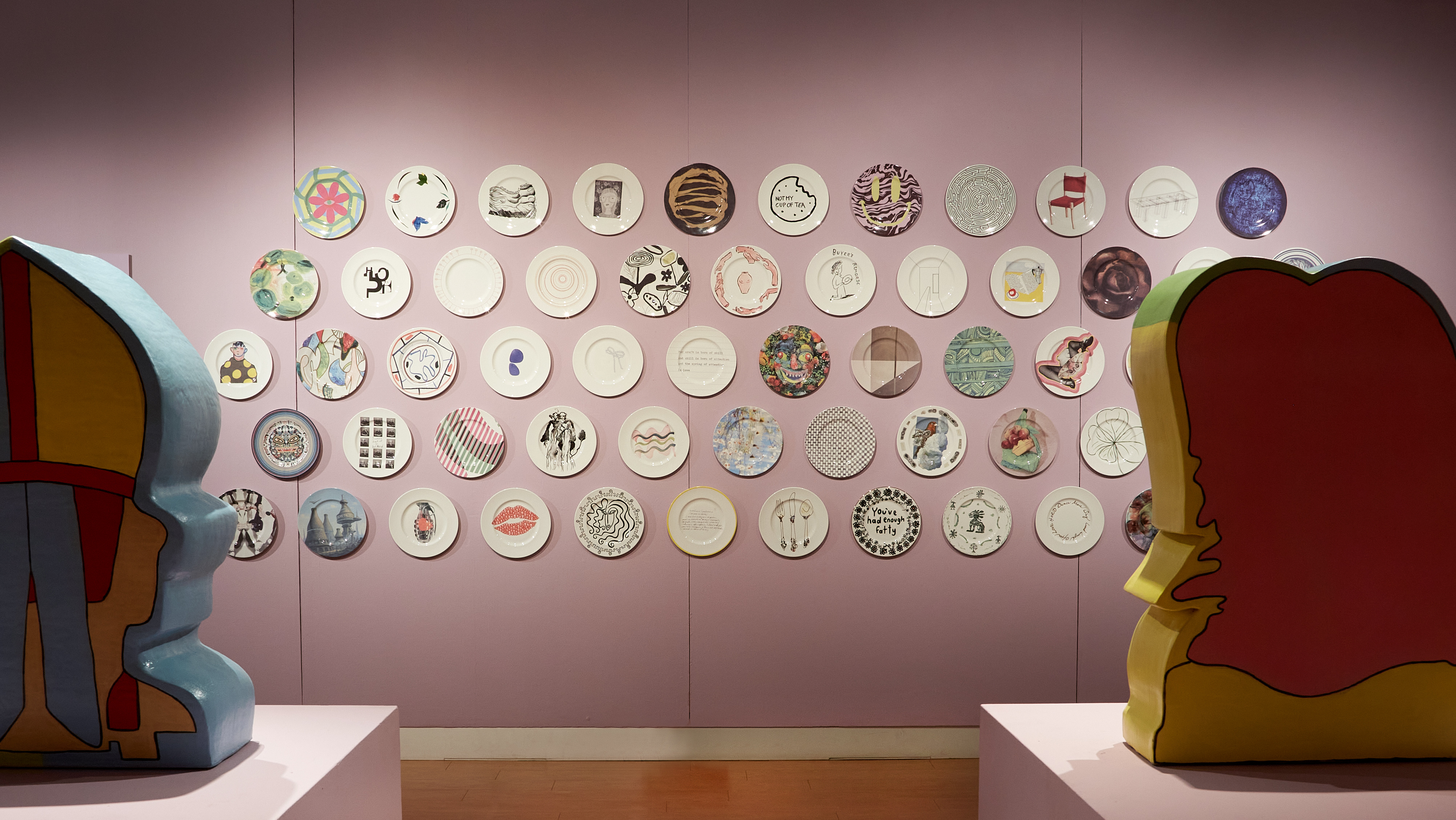 ‘100 Years, 60 Designers, 1 Future’: 1882 Ltd plate auction supports ceramic craft
‘100 Years, 60 Designers, 1 Future’: 1882 Ltd plate auction supports ceramic craftThe ceramics brand’s founder Emily Johnson asked 60 artists, designers, musicians and architects – from John Pawson to Robbie Williams – to design plates, which will be auctioned to fund the next generation of craftspeople
-
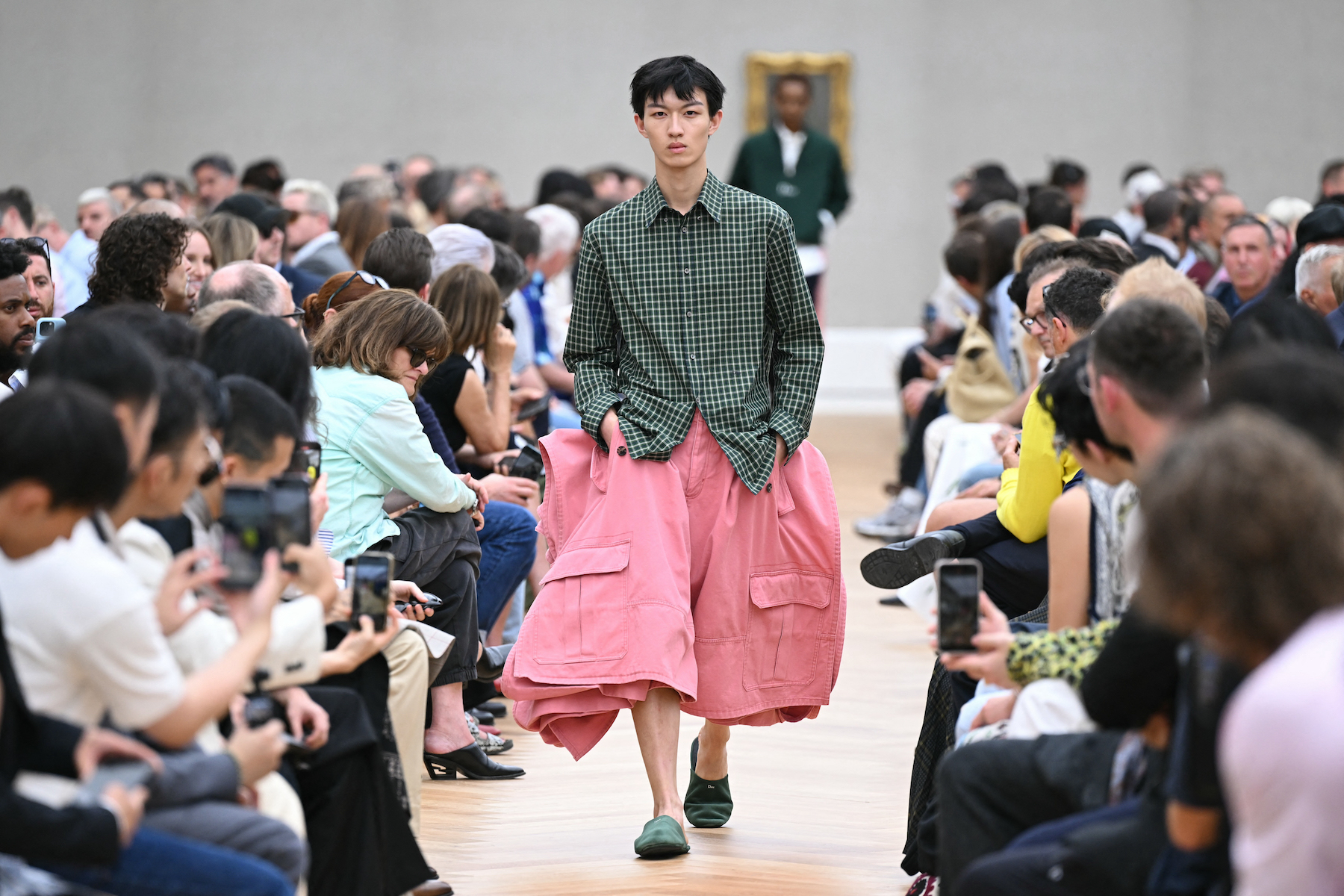 Jonathan Anderson’s Dior debut: ‘bringing joy to the art of dressing’
Jonathan Anderson’s Dior debut: ‘bringing joy to the art of dressing’The Irish designer made his much-anticipated debut at Dior this afternoon, presenting a youthful S/S 2026 menswear collection that reworked formal dress codes
-
 Emerging artist Kasia Wozniak’s traditional photography techniques make for ethereal images
Emerging artist Kasia Wozniak’s traditional photography techniques make for ethereal imagesWozniak’s photographs, taken with a 19th-century Gandolfi camera, are currently on show at Incubator, London
-
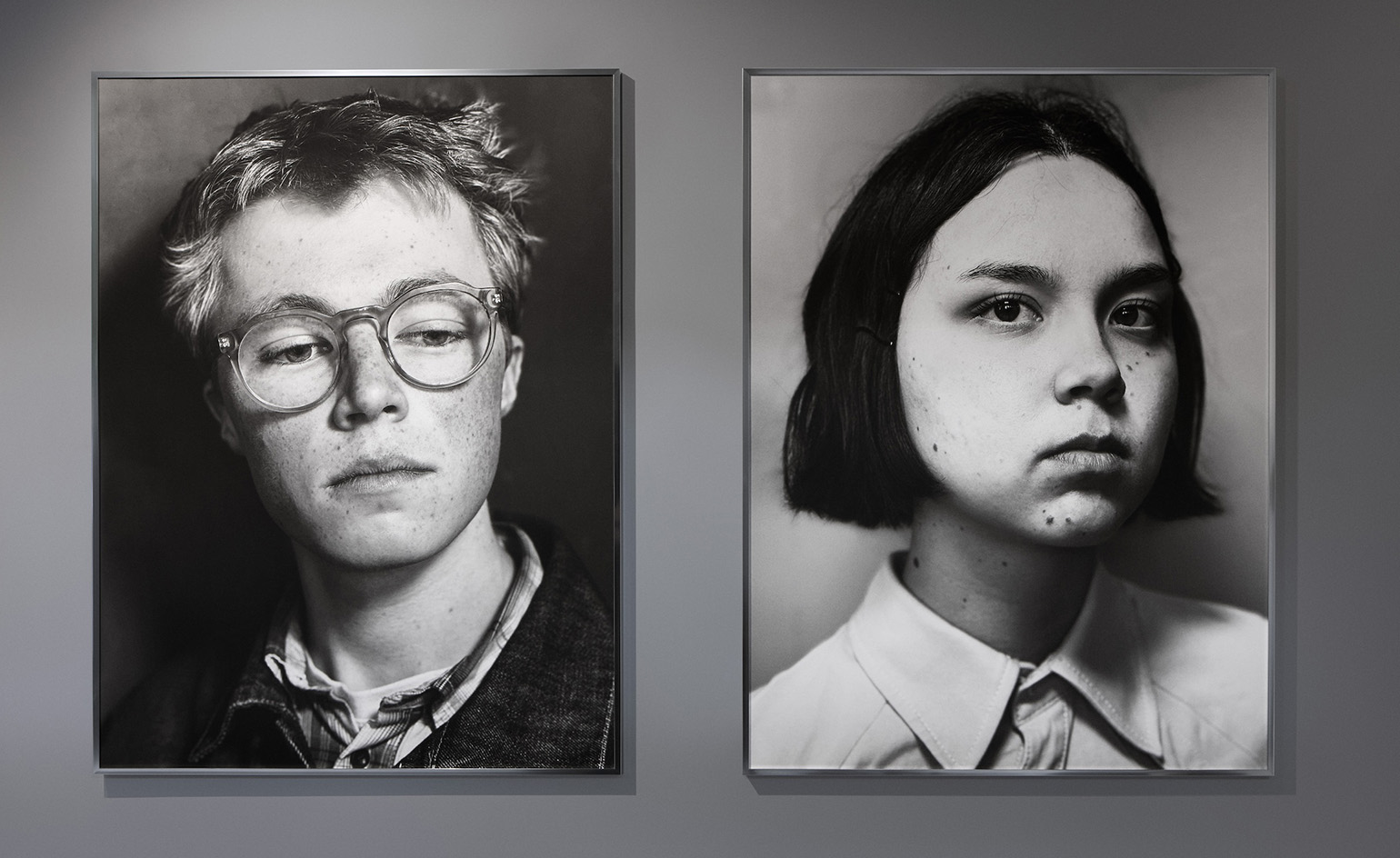 ‘They gave me carte blanche to do what I want’: Paul Kooiker photographs the students of Gerrit Rietveld Academie for Acne Studios
‘They gave me carte blanche to do what I want’: Paul Kooiker photographs the students of Gerrit Rietveld Academie for Acne StudiosHeralding the launch of a new permanent gallery from fashion label Acne Studios, the celebrated Dutch photographer’s new body of work praises the bravery of ‘people who choose to go to an art school at a time like this’
-
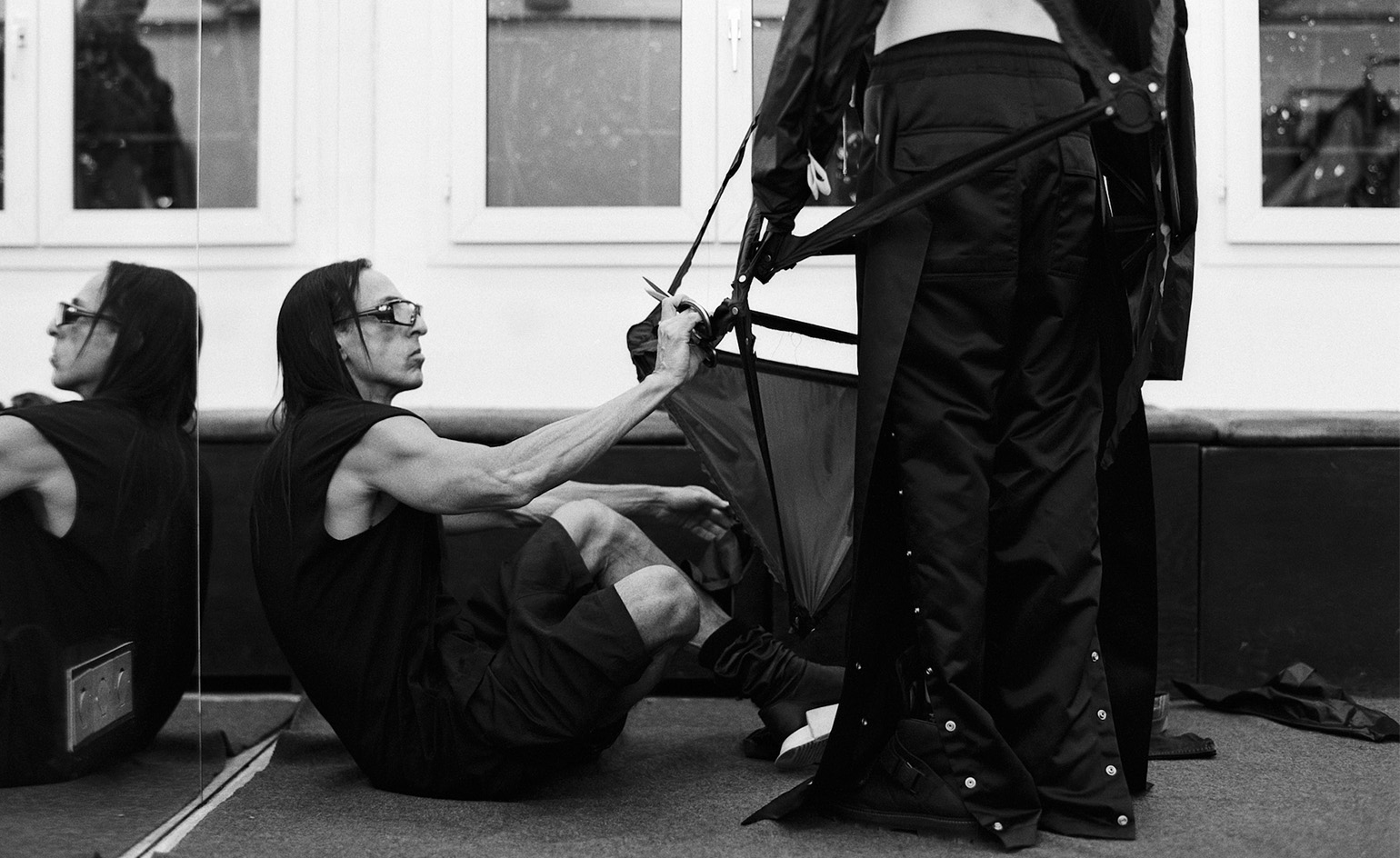 ‘I’m surprised that I got this far’: Rick Owens on his bombastic Paris retrospective, ‘Temple of Love’
‘I’m surprised that I got this far’: Rick Owens on his bombastic Paris retrospective, ‘Temple of Love’The Dark Prince of Fashion sits down with Wallpaper* to discuss legacy, love, and growing old in Paris as a display at the Palais Galliera tells the story of his subversive career
-
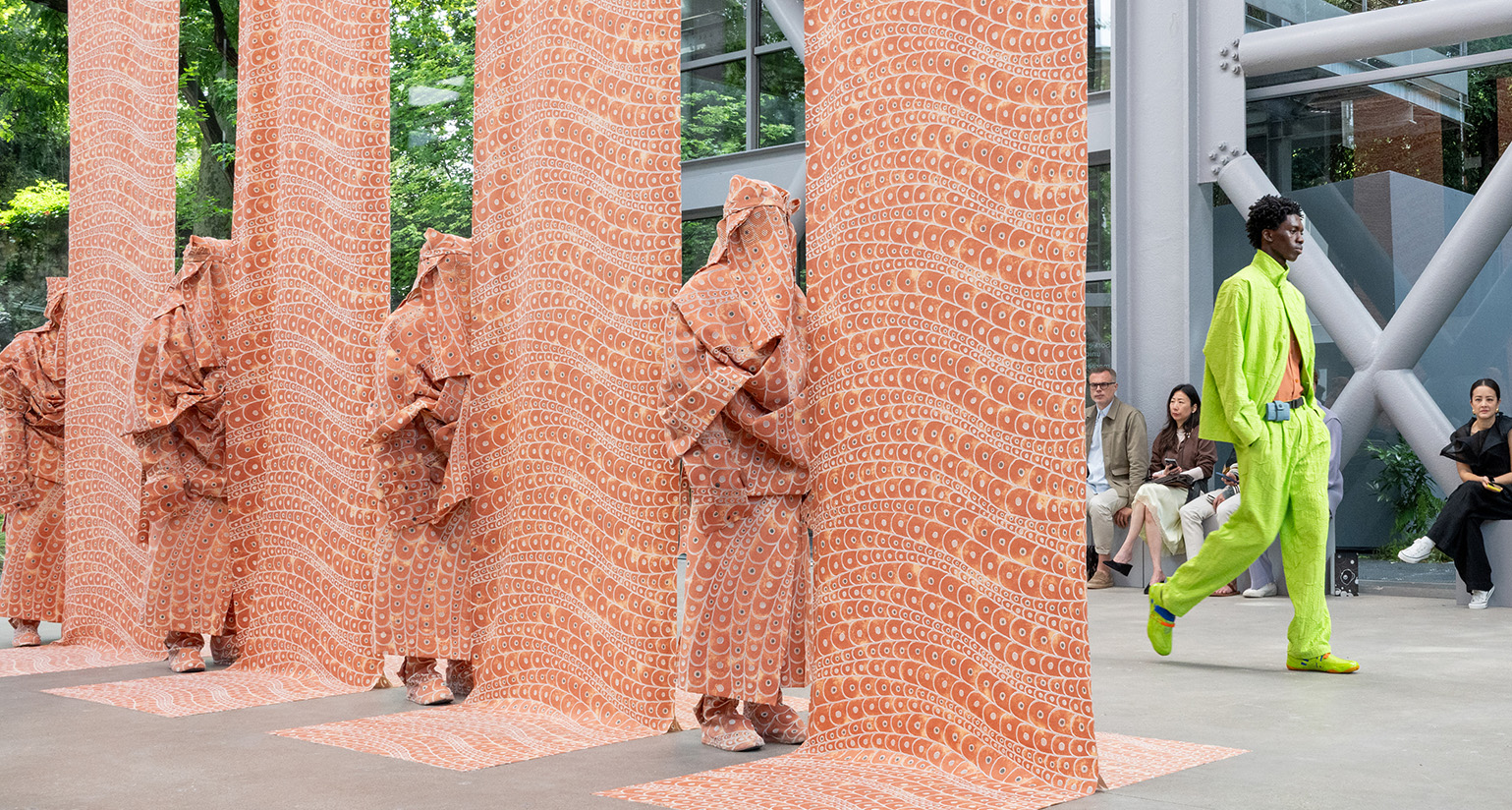 The standout shows of Paris Fashion Week Men’s S/S 2026: Dries Van Noten to IM Men
The standout shows of Paris Fashion Week Men’s S/S 2026: Dries Van Noten to IM MenWallpaper* picks the very best of Paris Fashion Week Men’s S/S 2026, from Julian Klausner’s debut menswear outing for Dries Van Noten to an IM Men collection inspired by ceramicist Shoji Kamoda
-
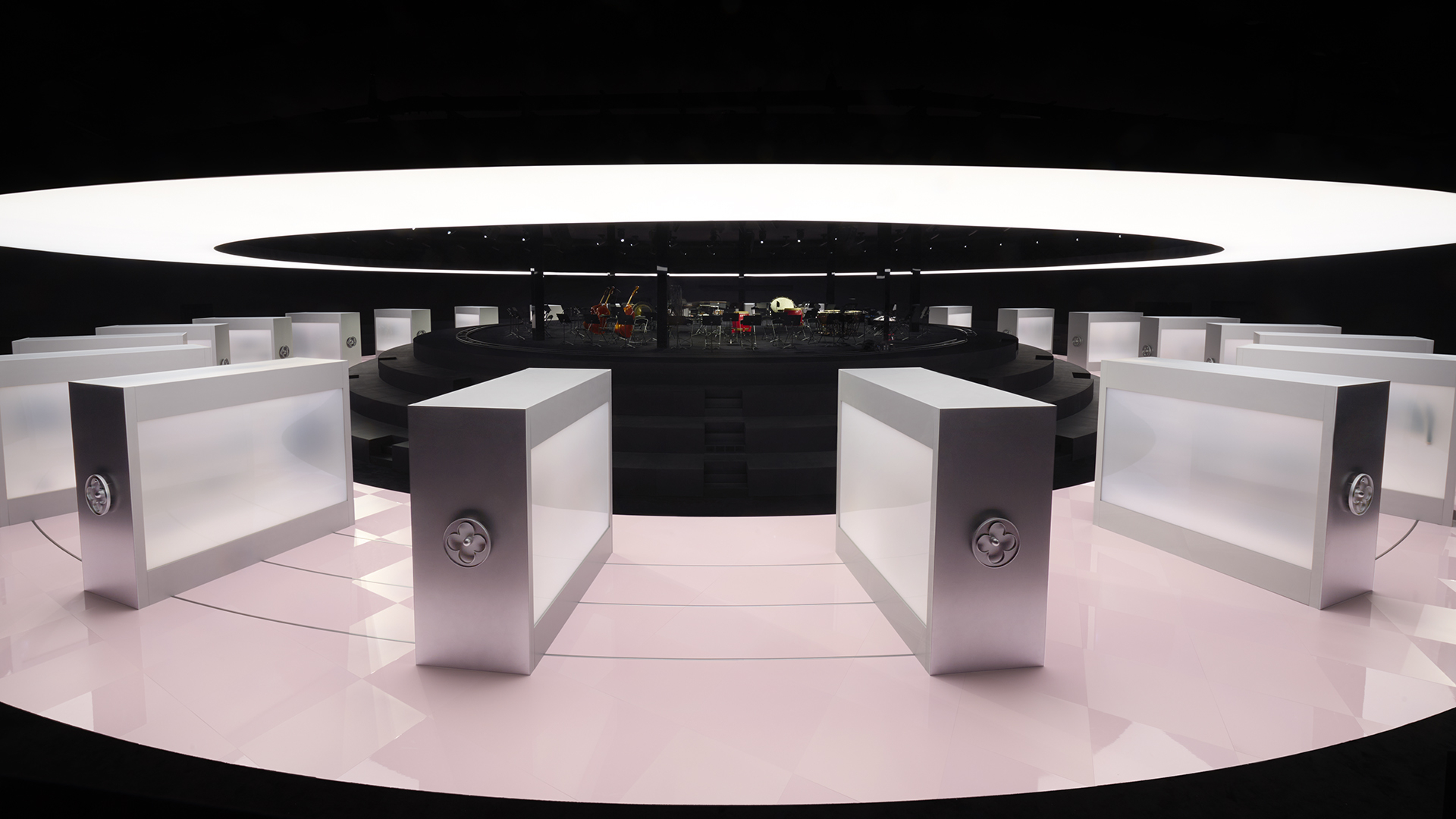 Paris Fashion Week Men’s S/S 2026: live updates from the Wallpaper* team
Paris Fashion Week Men’s S/S 2026: live updates from the Wallpaper* teamFrom 24-29 June, Paris Fashion Week Men’s arrives in the French capital. Follow along for a first look at the shows, presentations and other fashion happenings, as seen by the Wallpaper* editors
-
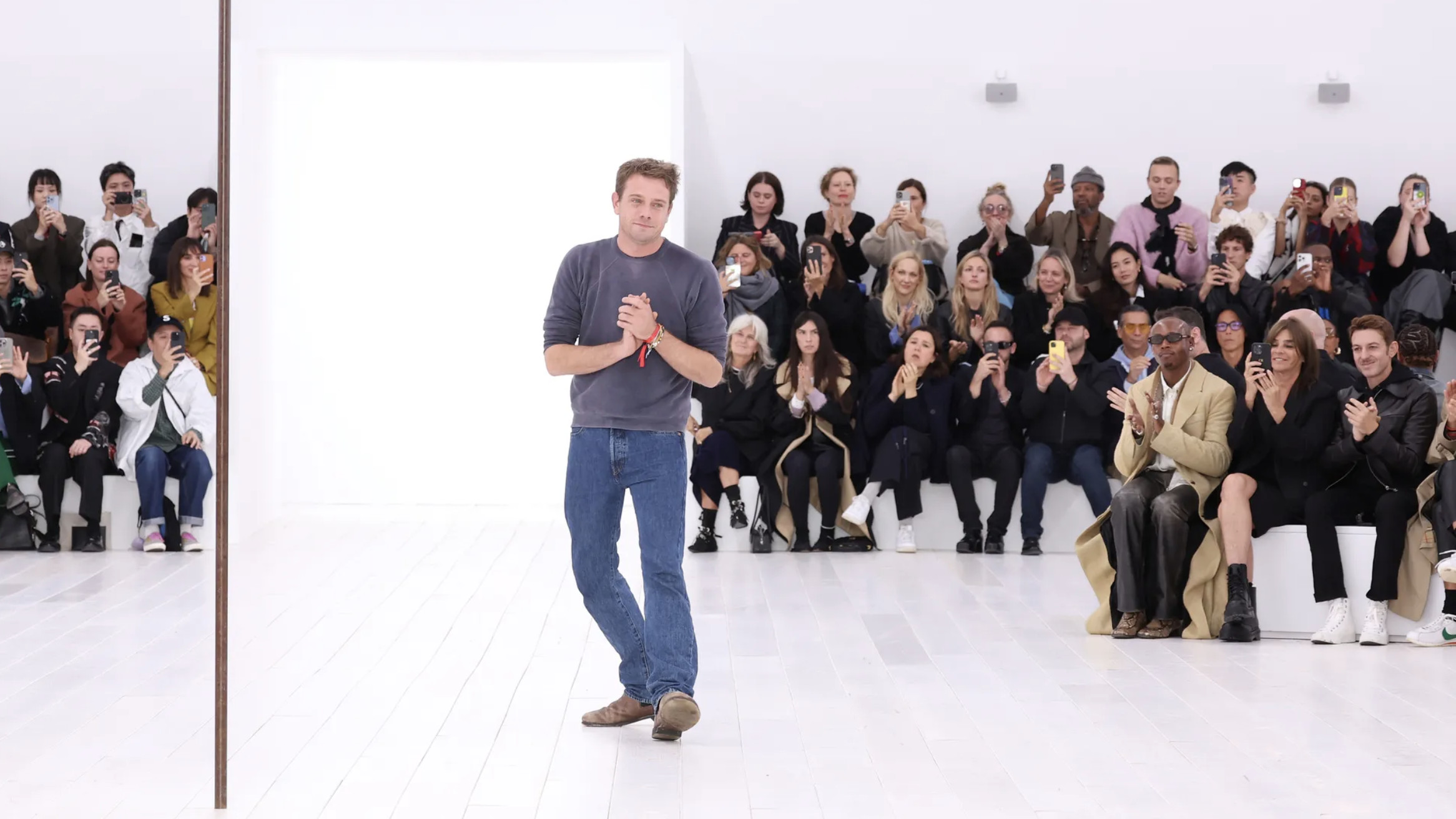 What the Wallpaper* editors are looking forward to at Men’s Fashion Week S/S 2026
What the Wallpaper* editors are looking forward to at Men’s Fashion Week S/S 2026As Men’s Fashion Week S/S 2026 begins in Florence, the Wallpaper* style team select the moments they will be looking out for – from Jonathan Anderson’s anticipated Dior debut to outings from Wales Bonner, Kiko Kostadinov and Prada
-
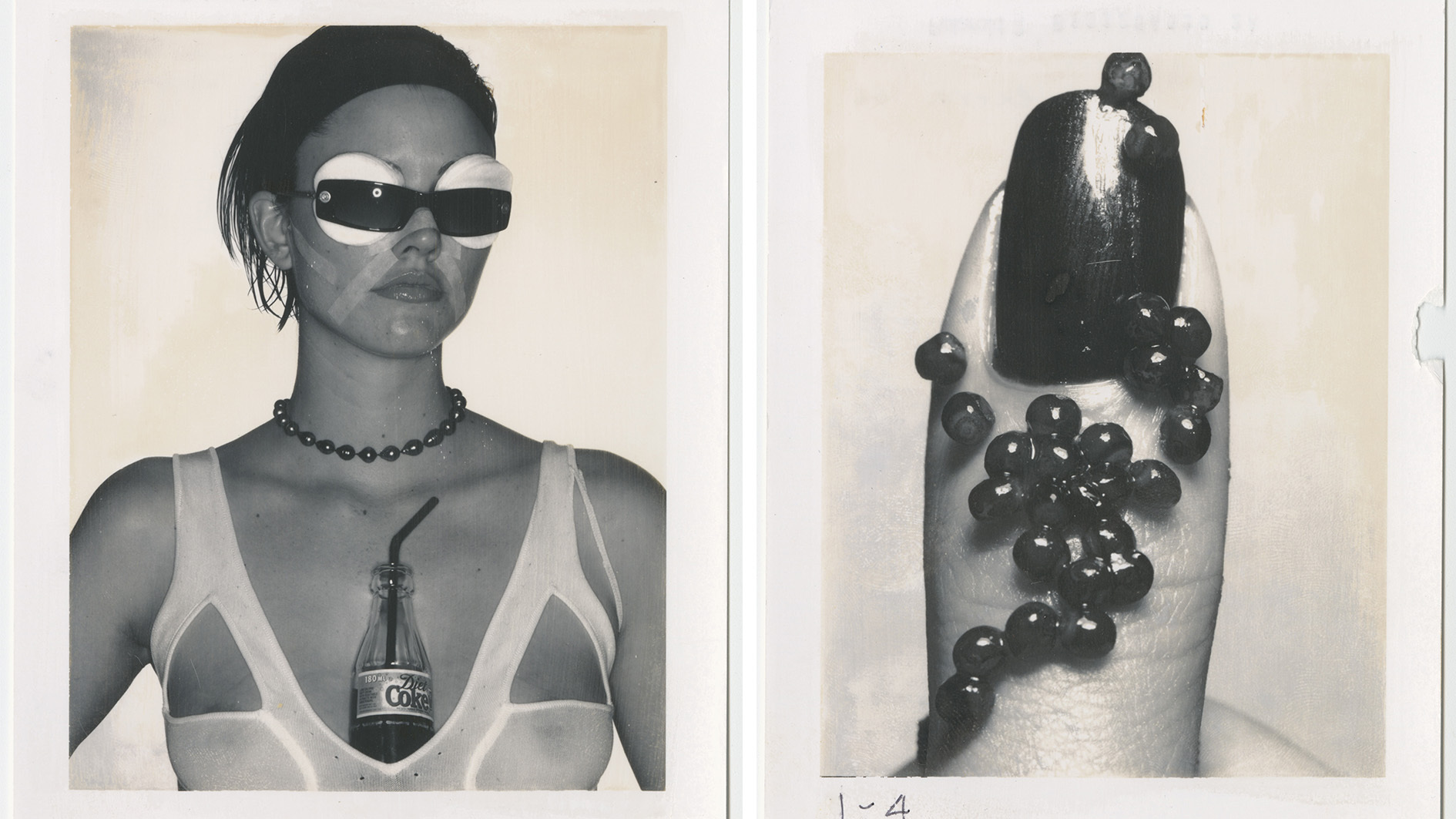 Donna Trope celebrates the power of the Polaroid in Paris
Donna Trope celebrates the power of the Polaroid in Paris‘Polaroids used to be my rejects, and now they are my holy grail,’ says the beauty photographer, as she shows rarely seen images in a Paris exhibition
-
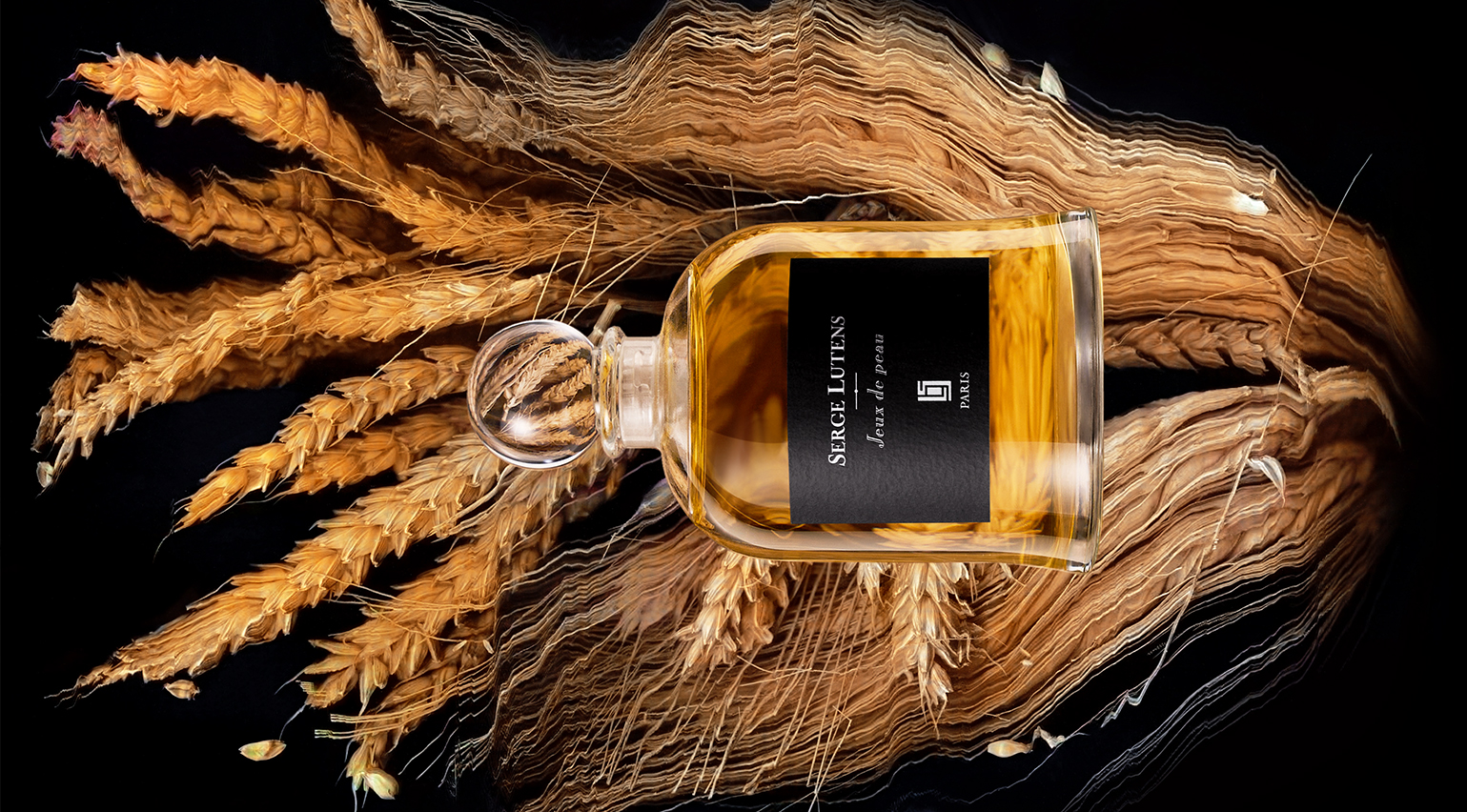 ‘Don’t forget to get the bread!’ Serge Lutens writes an ode to a singular perfume
‘Don’t forget to get the bread!’ Serge Lutens writes an ode to a singular perfumePublished exclusively by Wallpaper*, Serge Lutens writes an ode to Jeux de Peau, a singular perfume of his creation inspired by a childhood memory of baking bread
-
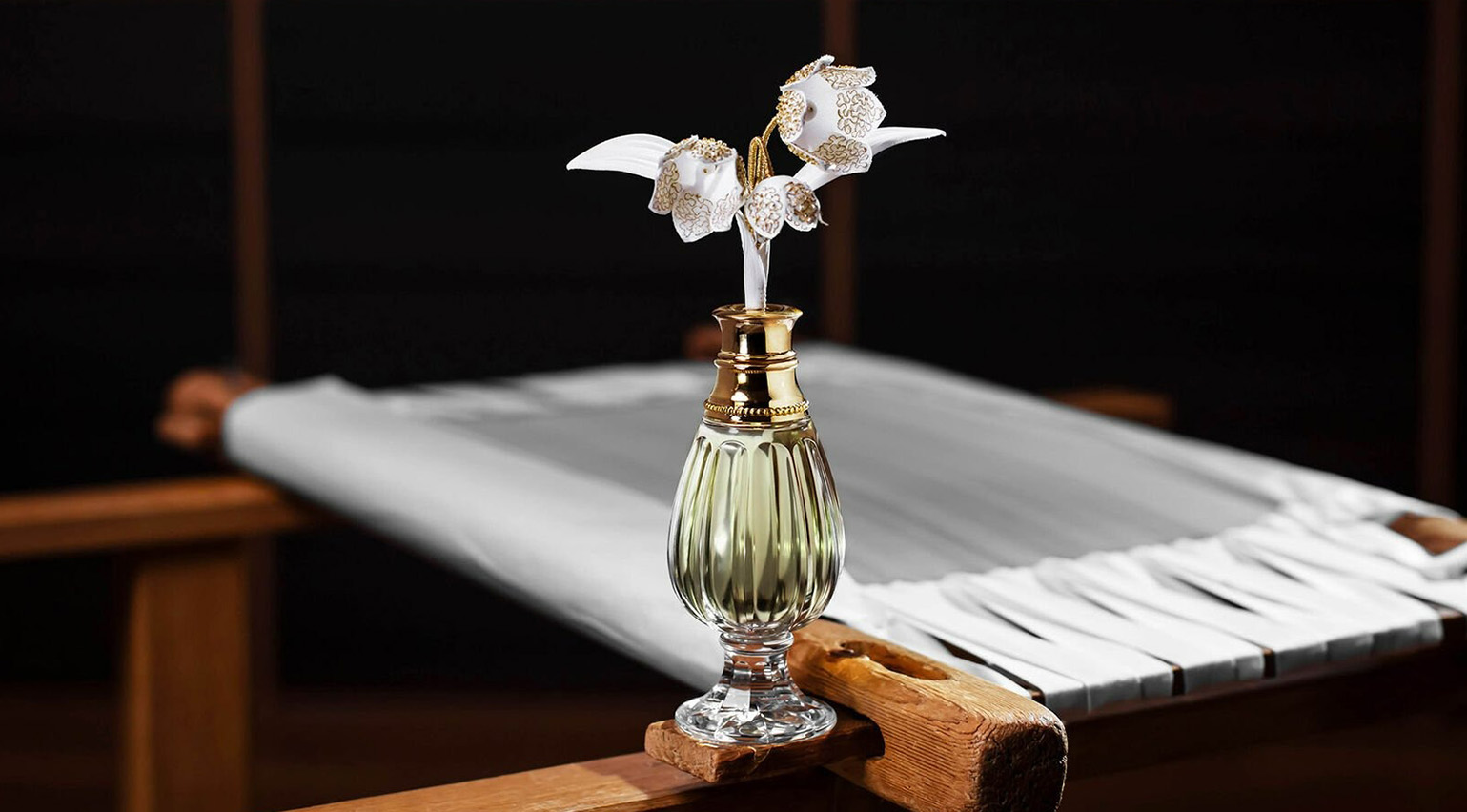 What did Christian Dior’s favourite ‘invisible’ flower smell like?
What did Christian Dior’s favourite ‘invisible’ flower smell like?Dior’s Francis Kurkdijan recreates the scent of a rare lily of the valley species in Le Muguet, the first olfactory chapter of new perfume collection Les Récoltes Majeures